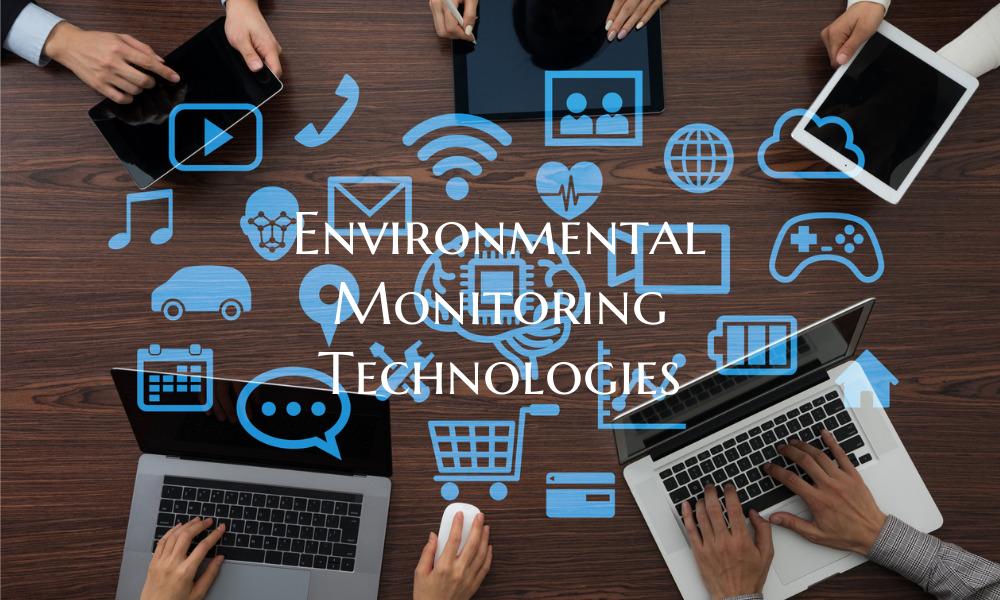Environmental Monitoring Technologies
Introduction: Environmental monitoring technologies play a pivotal role in safeguarding our delicate ecosystem by providing vital data and analysis on various environmental parameters. These advanced technologies offer a comprehensive understanding of our surroundings, enabling us to make informed decisions and implement effective measures to conserve and protect the environment for future generations.
Importance of Environmental Monitoring: Environmental monitoring technologies help in tracking and measuring various environmental indicators such as air quality, water quality, soil health, biodiversity, climate change, and more. By continuously monitoring these factors, scientists, policymakers, and environmentalists can identify trends, detect potential environmental hazards, and assess the impact of human activities on the ecosystem.
Types of Environmental Monitoring Technologies: 1. Remote Sensing: Satellite imaging and drones are used for remote sensing to monitor land use changes, deforestation, urban sprawl, and natural disasters such as wildfires or floods. 2. Air Quality Monitoring: Sensors and monitoring stations track pollutants like particulate matter, ozone, and nitrogen dioxide to assess air quality and protect public health. 3. Water Quality Monitoring: Instruments like water quality sensors and buoys measure parameters such as pH, dissolved oxygen, turbidity, and nutrient levels to ensure the safety of water bodies. 4. Weather Monitoring: Weather stations collect real-time data on temperature, humidity, wind speed, and precipitation to predict weather patterns and extreme events. 5. Biodiversity Monitoring: Camera traps, acoustic sensors, and GPS tracking help in monitoring wildlife populations, species diversity, and habitat loss.
Benefits of Environmental Monitoring Technologies: 1. Early Warning Systems: Environmental monitoring technologies enable the early detection of environmental threats, allowing for timely intervention and mitigation strategies. 2. Data-Driven Decision Making: By providing accurate and reliable data, these technologies empower policymakers to make evidence-based decisions for environmental conservation and sustainability. 3. Public Awareness and Engagement: Environmental monitoring data can be used to raise awareness among the public about environmental issues and encourage community participation in environmental protection efforts. 4. Sustainable Development: Monitoring technologies help in assessing the impact of development projects on the environment and promote sustainable practices that balance economic growth with environmental protection.
Conclusion: In conclusion, environmental monitoring technologies are indispensable tools in our efforts to protect and preserve the environment. By investing in these advanced technologies, we can ensure the sustainability of our ecosystem and create a healthier planet for current and future generations. It is crucial for governments, organizations, and individuals to collaborate and leverage environmental monitoring technologies to address environmental challenges effectively.

